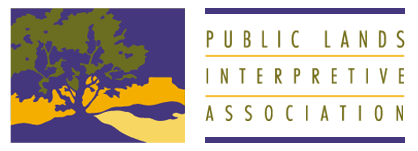
The Channeled Scablands of Eastern Washington may be the state’s least well-known yet most geologically fascinating region. The bizarre and somewhat barren landscape of today was shaped near the end of the last Ice Age (some 13,000 to 15,000 years ago), when an arm of the vast continental glacier that extended into northern Washington formed a natural barrier preventing the Clark Fork River in northern Idaho from emptying into what is now the Columbia River drainage to the west. Behind the ice dam grew massive glacial Lake Missoula, containing more water than present day Lake Ontario. Eventually the ice dam burst, unleashing a cataclysmic megaflood carrying ten times the volume of water of all the world’s rivers combined. Floodwaters hundreds of feet deep and traveling at speeds of some 60 miles an hour thundered across the landscape and swept away nearly everything in their path, scouring long deep channels (no called ‘coulees’) into the bedrock. The ice barrier and lake gradually re-formed but eventually this dam collapsed as well, unleashing another massive flood that further eroded the landscape. Geologists believe this sequence was repeated more than 40 times over several thousand years before the ice age ended, resulting in the unique landscape now known as the Channeled Scablands.
This map contains the Colville National Forest, parts of the BLM Spokane District, and the Lake Roosevelt National Recreation Area.
The Pacific Northwest Recreation Map Series is jointly created by the Bureau of Land Management and US Forest Service. They provide surface land status and key recreation features like roads, campgrounds, and day use areas on federal lands (including National Forests, National Parks, US Fish & Wildlife Service lands, and more).
2018, printed on water and tear-proof synthetic material. $19.99.
This map covers Washington game management units 130, 133, 136, and portions of 117 (South), 121 (South), 124 (West), 139 (West), 284 (Northeast), 272 (East).
